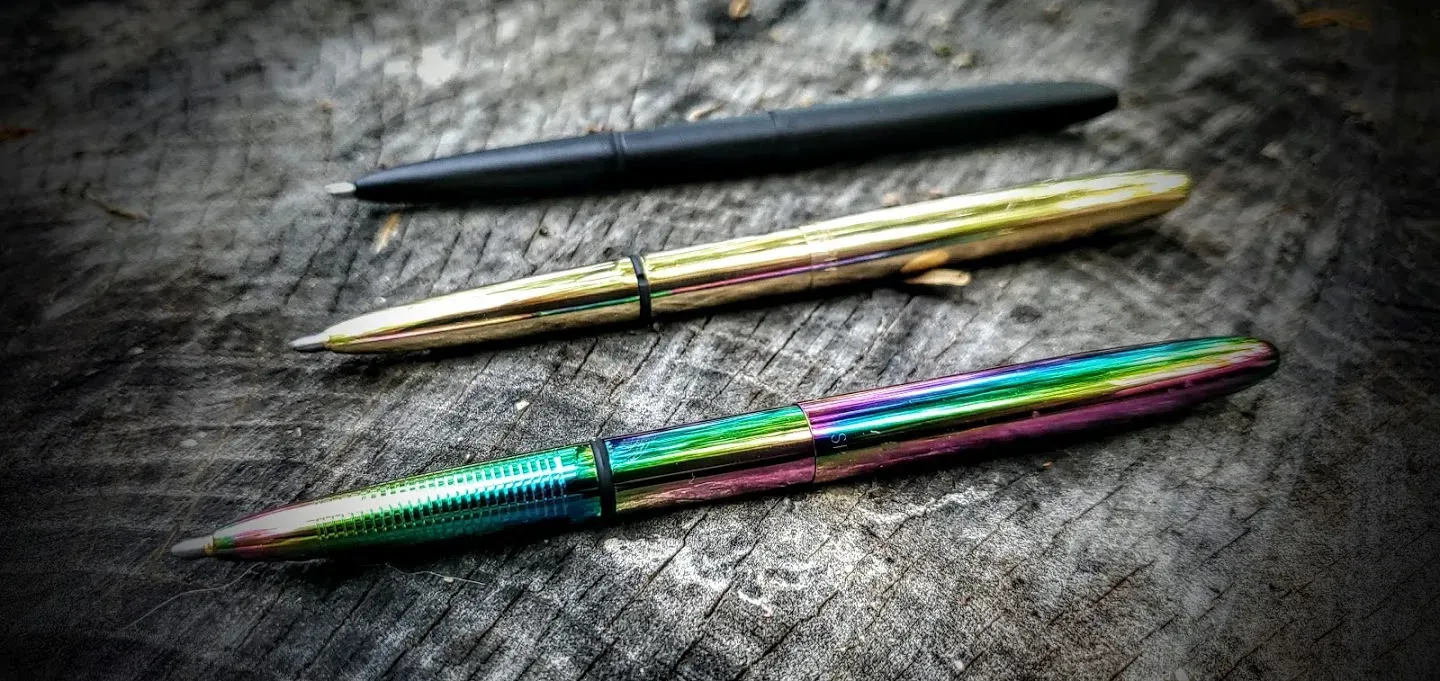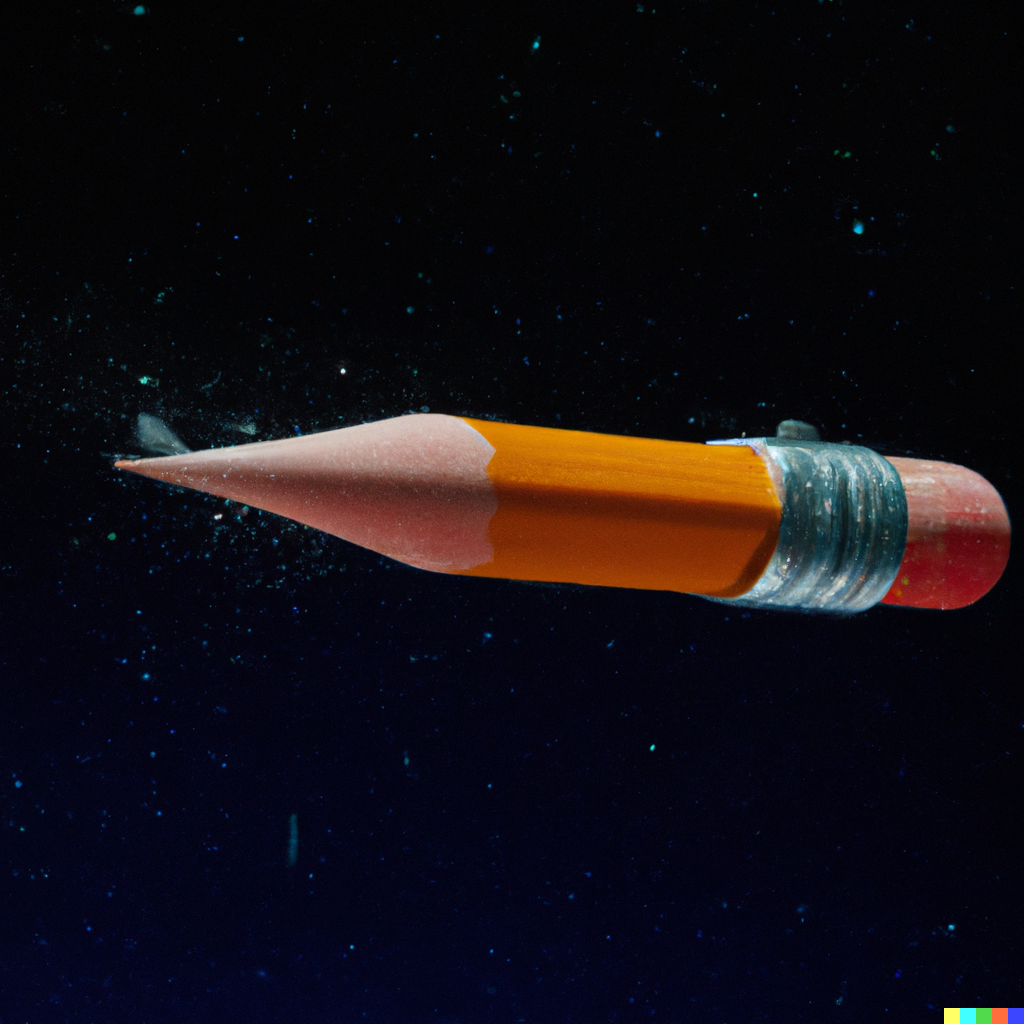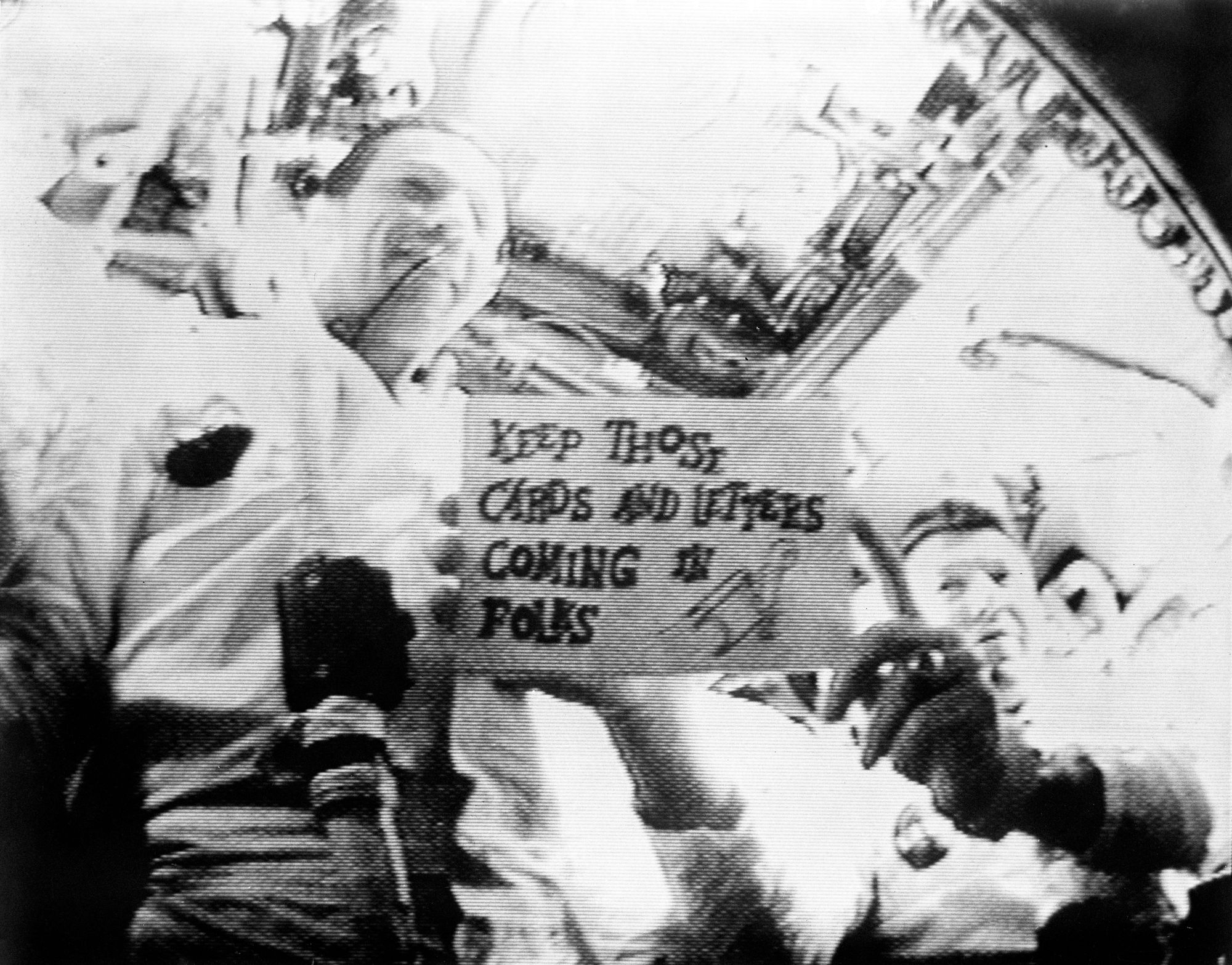Alright, buckle up and prepare for the hilarious saga of the space pen! Picture this: the swinging 60s, astronauts soaring into space, and what do they discover? Those regular ballpoint pens they took for granted on Earth? Useless! Trying to scribble on a vertical surface? Forget it! NASA allegedly decided to blow millions on creating a special space pen, while those sly Russian cosmonauts just stuck with good ol' pencils. Can you smell the irony?
But hold your laughter, my friends, because here's the plot twist: most of that tale is a load of hogwash! In the beginning, both astronauts and cosmonauts clung to pencils like their lives depended on it. NASA did dip their toes into the space pen pool, but quickly pulled out when they realised the astronomical costs. Can't blame them for trying, right?

But fear not, for in swoops the unsung hero—the Fisher Space Pen! These savvy folks at Fisher Pens took matters into their own hands and cracked the space pen conundrum without robbing NASA blind. They unleashed a pen with pressurized ink cartridges, defying the laws of gravity and conquering all the challenges that made regular pens quiver—extreme temperatures, upside-down scribbles, even those pesky greasy surfaces. Take that, flimsy ballpoint pens!

Now, you might be thinking, "What's the big fuss about pens anyway?" Well, my dear readers, it turns out that floating pencil debris in a spacecraft is a big fat no-no. Imagine the horrors of snap-off leads, flammable wood shavings, and those mischievous electrically conductive graphite particles wreaking havoc in your space capsule. Yikes! NASA learned this lesson the hard way after a tragic fire incident during the Apollo 1 mission. And ink droplets running amok? Not exactly the ideal scenario inside a cramped space capsule, my friends.
But wait, there's more! While our space explorers did embrace felt-tip pens (those lifesavers of Apollo 11!), our hero, Mr Paul C. Fisher, and his band of pen pioneers cracked the code of the ballpoint pen. Legend has it that Paul had a dream where his late father whispered the secret fix—add a pinch of rosin to stop the ink leakage. Paul excitedly shared this revelation with the chemist, who had a good chuckle. "Rosin? Seriously?" he scoffed. Turns out Paul actually meant resin! After a few failed attempts, they got it right with two per cent resin and a whopping 140 pounds of air pressure. No more messy leaks, folks!

NASA, thoroughly impressed by Fisher's ingenuity, gave the thumbs-up after intense testing, and voila! The Fisher Space Pen made its grand debut on Apollo 7 in 1968. These trusty space companions are still going strong today. But hold your cosmic horses, because modern space travellers have an array of options! Sharpie pens in a rainbow of colors and, wait for it... pencils! But don't picture those wooden ones—oh no, we're talking about the fancy mechanical pencils. They're perfect for jotting down numerical values and erasing those plans that change faster than a shooting star.
So, there you have it—a tale of cosmic wit, dreams, and pens that defy gravity. As we marvel at the marvels of the International Space Station and its swanky filtration system that zaps away debris like magic, let's raise our pens and salute the brilliance of our mind-boggling future. Keep reaching for those stars, folks, and may your writing be as out of this world as these pens!

